Every country has their own traditions related to their religious celebrations. Following are a few with unique Christmas traditions. Many traditions are centuries old, but some new ideas catch on quickly and become new traditions within a few years or decades.

“Feliz Navidad” - [Spanish]
“Bon Nadal" - [Occitan and Catalan]
“Felibres Nadal” - [Aranese]
Catalonia was part of Spain but the 2006 Statute of Autonomy adopted by the Spanish government gave Catalonia the status of a semi-independent, self-governing Republic, but always under the laws of Spain. There are two Christmas traditions that are unique to Catalonia and the Aragon region.
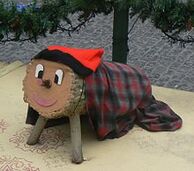
One of the most important Christmas traditions in Catalan culture is the Tió de Nadal [Christmas Log], also known as simply Tió or Tronca. The tradition dates back many centuries to the time when logs were burned in the fireplace to give light, shelter and warmth. The tradition of placing a log in your house to burn during the holidays somehow evolved into Tió de Nadal.
The contemporary Tió is a hollow wooden log with eyes, nose, and mouth painted on one end. He wears a red barretita, a traditional 19th century hat worn by men. It also has two or four stick legs and a big smile. Starting on the 8th of December, the day of the Feast of the Immaculate Conception, Catalonian kids place the Tió in the house, cover it with a blanket and give it something to eat it every night during the month.
The whole point of this process is to make Tió warm, feed it and basically take good care of it until Christmas day. The parents usually replace the Tió for a bigger one from time to time making it look like it is growing. On Christmas day, the fully grown Tió is then placed in the center of the room, and children gather around it, singing songs and hitting the log with sticks. If they “do good job”, they get their presents.
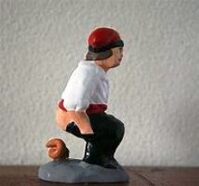
A somewhat disrespectful tradition in Catalan Christmas culture is the Pooper. Basically a figurine to be hidden somewhere in the nativity scenes, the Caganer is a figure of a Catalan man, wearing traditional Catalan clothes, squatting with his trousers around his ankles and taking a poop.
◄Typical small figurine for nativity scene
Image source: pinterest.com/301881981267185779/
However, these figurines have become very popular and you can find a replica of almost anyone you can think of, including Donald Trump and Queen Elizabeth. There are also full scale or larger statues put up in malls and other public places.

“Feliz Navidad” [Spanish]
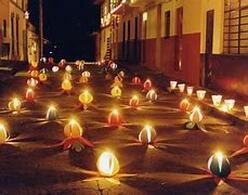
In Colombia, Día de las Velitas [Day of the Little Candles] initiates the Christmas celebrations on December 7. The streets, houses, and other buildings are decorated with lanterns and candles to begin the festive season.
Image Source: soycolombiano.com/dia-de-las-velitas

“Feliz Navidad” [Spanish]
Costa Ricans hit the beach in December and celebrate Christmas with exuberance. Bright lights and festive music fill the air as the country becomes even more vibrant. At the center of the celebrations are the traditional nativity scenes called “Portals.” Small toys and fruit are commonly laid in front of Portals as a small offering.
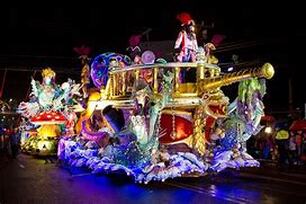
The highlight is the Festival of Lights in the form of a parade with dancers, bands, and floats, all glowing with lights.
◄ Image Source: costaricantimes.com/costa-rica-christmas
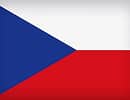
“Veselé Vánoce" [Czech]
● The Shoe Toss
Feeling lonely this Christmas? Czech women use this Christmas ritual to see what lies in store for their love life in the coming year. .Standing with their backs to their front doors, unmarried ladies toss their shoes over their shoulders. If one lands with its toe pointing towards the door, the woman will supposedly get married within the next 12 months.

A typical household scent at this time of year comes from the baking of štrůdl, strudel, a home-made cake consisting of apples and cinnamon. With all those apples around, it is tradition, upon finding a star at the center of an apple, to believe you will have good health in the coming year.
Image Credit: Pixabay, author: 743976.
Image Source: discoverwalks.com/czech-christmas-traditions

“Joyeux Noel!” [French]
● Nativity Scenes
The French go "Creche Crazy," and are wild about Nativity scenes. You find them everywhere. In addition to the usual figures, all sort of other people [called Santons] are present, such as the baker, the street sweeper, the butcher, street vendors, and so on.
Image Source: confessionsofaplateaddict.blogspot.com/french-nativity-sceneor
On Christmas eve, children put their shoes on the hearth for Santa to fill.
● Le Réveillon / New Year's Eve
In addition to the Christmas Eve banquet called Le Réveillon, the French traditionally have 13 desserts to symbolize Christ and the 12 apostles at the last supper.

“Frohe Weihnachten!” [German]
“Froehliche Weihnachten!”
● Advent
Advent, which starts four Sundays before Christmas, is the beginning of the holiday season for Germans. An Advent Calendar is used as a countdown to December 25. It is often a: wreath of fir tree branches with four advent candles or a fir branch decorated with 24 decorated bags or boxes hung from it, each marked with the day and holding a small present. The Advent calendar tradition supposedly dates back to the 1850s.
● Shoes outside
German children leave a shoe outside the house on December 5th which is then filled with sweets overnight. Naughty children awake to find a tree branch in the shoe instead!
● Hiding A pickle
It's a very old Christmas Eve tradition in Germany to hide a pickle (of the ornament variety) in the branches of the Christmas tree. In the morning, the child who finds it first gets a special gift from Santa, while the first adult traditionally gets good luck for the coming year.

“Gleðileg jól!” [Icelandic]
Christmas in Iceland is known as "Yule" or "Jól" and originated as the ancient winter solstice celebrations which were absorbed into early Christian tradition. Yule includes New Year through Epiphany.
● Jólakötturinn, The Yule Cat
Children in Iceland are warned that if they don’t finish their work on time or don’t behave, they will be stalked by Jólakötturinn, the enormous Yule Cat, who eats children [and sometimes adults] who don’t receive any new clothes before Christmas night.
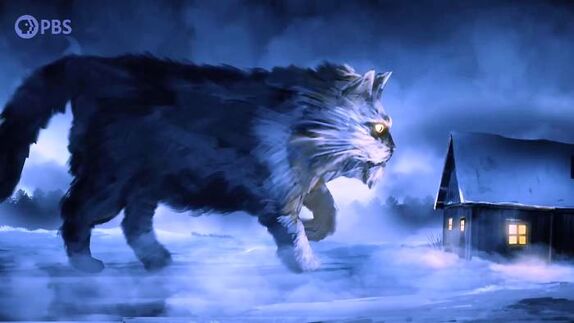
Image Source: boredpanda.com/icelandic-legend-yule-cat
Christmas gifts during this period were sparse and usually consisted of a piece of wool clothing, and even that was possible only if everyone completed the work on time. Hence, the legend was born and has carried on through the centuries.
Jólakötturinn is not a nice kitty!
The 13 Yule Lads are the sons of Grýla, half ogre and half troll. And she is very bad news. Grýla and her family live high in the mountains with a huge furry cat. [You guessed it… the Yule Cat!] Around Christmas time, when the food supply is running low, she sends her 13 lads down the mountain and into town to look for children who misbehave.
The first lad leaves twelve days before Christmas, and each day another lad goes down to the town, until on Christmas day all thirteen have arrived. The first lad then returns up the mountain with bags of misbehaving children. Each day, one of the brothers returns home until on January 6, they have all arrived with their bags of naughty children. [Presumably, the ogress and the cat have also been hunting during this time.]
Then Grýla takes the children out of the bags and cooks them alive in a huge caldron, making a stew. The family eats the stew for the rest of the cold season.
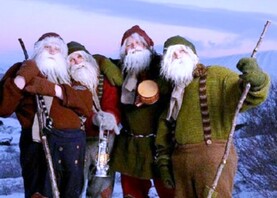
Today Grýla and the 13 Yule Lads have been reinvented as mischievous benevolent Christmas icons.
Imag Sourcee: meer.com/en/thirteen-yule-lads

“Merry Christmas”
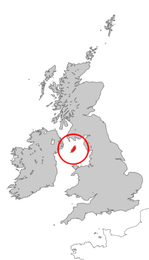
Location map – Isle on Man ►
Image Credit: Cnbrb [Public Domain]
Image Source: https://commons.wikimedia.org/w/index.php?
● Hunting the Wren
Originally Hunting the Wren was quite a blood thirsty Christmas ritual, where gangs would scour the countryside looking for the tiny "sacred" birds to trap and kill it as a sacrifice, before it was plucked and buried in the local church with much pomp and ceremony. The feathers were spread around for good luck.
In 2022 it is a more humane activity. Instead of hunting the wren by beating the bushes, people go around in groups making noise with sticks and singing. The wren is represented by an artificial bird which is the centerpiece for a "bush" which consists of two wooden hoops placed on top of a pole, covered with ribbons and evergreens. The pole is carried from house to house. The theory as to why the wren is targeted for 'revenge' is that it's the reincarnation of an enchantress who lured Manx men to their deaths. The good luck feathers have been replaced by ribbons.
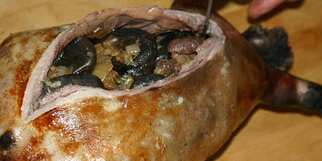
Sounds totally yucky, but this moldy birds isn't some dead turkey that's been left in the trash to decay. Moldy bird is a great delicacy in Green-land called Kiviak, and it is the centerpiece of the Christmas feast.
Image Source: travelfoodatlas.com/kiviak-greenland-inuit-delicacy
Kiviak is made with a small bird called an auk which has been preserved in the hollowed-out body of a seal, buried for several months, and then eaten once it's decomposed. Still sounds yucky, but what do I know.
Another treat on the menu is mattak, made from the skin and blubber of a whale and usually eaten raw, although sometimes it is deep-fried and munched on with soy sauce.
Suaasat is a barbecued caribou soup includes berries and apples with a crisp topping making for the sweet part of the feast.

“Nollaig Shona” [Galic]
Ireland celebrates Christmas in the same way people in the UK and US do, but still have some of their own traditions.
● Meat Pie and Guinness
On Christmas, instead of leaving out milk and cookies for Santa, its tradition to leave out meat pie and a glass of Guinness.
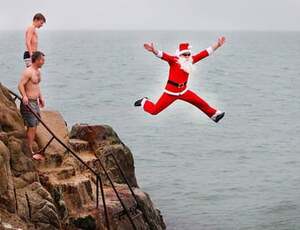
Dublin celebrates Christmas morning with a swim in the sea. The 40 Foot in Sandycove near Dublin is the area where hundreds of brave swimmers dive into the freezing waters all for the sake of charity.
Image Source: globalexperiences.com/christmas-around-world
● Women’s Christmas
Holidays celebrations come to an end on January 6, called Little Christmas or Women’s Christmas. Men take over the household duties for the day, while women go out with their friends and family to celebrate. On the same day, the tree is taken down, and the decorations are put back into storage.

“Feliz Navidad” [Spanish]
● The Night of the Radishes / Noche de Rábanos
On December 23, The Night of the Radishes, an annual Christmas time event, is held in the city of Oaxaca, not far from Mexico City. Here artists display statues and scenes carved out of radishes and compete for prizes. The carvings may be anywhere in size from a small figurine to nativity scenes of all sizes, to figures and scenes bigger than life. .
Part of the fun is being able to watch craftsmen at their work, showing the skill needed for such carvings. The contest now attracts more than 100 competitors and thousands of visitors.
Sources of Images: theculturetrip.com/mexico/festival-of-radishes/

“Meri Kirihimete!" [Maori]
Even though Christmas comes in the summer in the southern hemisphere, the European traditions of the Christmas trees, snow, and Santa Claus, are familiar but have local twists. The native Maori have influenced some of the Christmas traditions. Notice how the gingerbread cookies mimic Maori Haka dancers with fierce expressions.

“God jul” [Norwegian]
While Norway is predominantly a Christian country, Christmas wasn’t celebrated here until about the 10th and 11th centuries. Before then, people celebrated yuletide in the middle of the winter, and drank beer in honor of the Norse gods, waiting for the warmer weather to return.
● Advent
Advent is a preparation period before December 25 which starts four Sundays before Christmas. On the first Sunday before Christmas, people light the first purple candle which represents hope. On the second Sunday of Advent people light the first and the second purple candles, which represent love and peace. On the third Sunday of Advent, people light the first and second purple candles and then the pink candles. These represent joy. On the fourth Sunday, the first three candles and the fourth white candle are lit, representing Jesus Christ, the light of the world.
● The Nisse
A nisse [nisser = plural] is a mythological creature from Scandinavian folklore, similar to a garden gnome or a goblin. According to tradition, they are present in farmhouses where they act as guardians of those living there and even occasionally help with house chores.
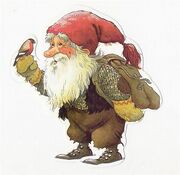
Image Source: target.com/s/norwegian+gnomes
● Lille Juaften
December 23, Norwegians celebrate Lille Julaften, or Little Christmas Eve, a time when the family comes together to clean and decorate the house and tree. Ornaments include heart-shaped Christmas baskets filled with goodies, paper chains, and On Norwegian flags, pepperkakehus, or gingerbread houses, which Norwegians refrain from eating before the end of the Christmas season. Julaften [Christmas Eve] is the main day of celebration for Norwegians.

“с Рождеством” [Russian]
"S rozhdyestvom Hristovym” [Congratulations of the birth of Christ!]
The Soviet Union suppressed the practice of Religion in Russia. Since it was banned, Christian people didn’t partake of the religious part of Christmas -- or did so secretly in their homes -- but they ingeniously incorporated many of the traditions into New Year’s celebrations.
Today, Christmas in Russia is most widely celebrated on January 7 because the Russian Orthodox Church adheres to the Julian calendar, which is 13 days behind the Gregorian calendar. Preceding the Russian Orthodox Christmas, New Year's Day is on January 1 and is often considered the more important holiday.
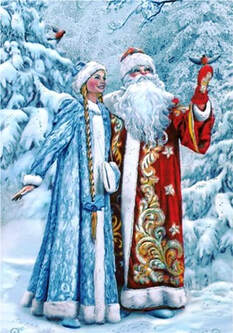
The Russian Santa Claus is named Ded Moroz, or Father Frost. On New Year's Eve, he places presents for children under the New Year tree [as opposed to a Christmas tree].
He is accompanied by Snegurochka, a snow maiden said to be his granddaughter. He carries a staff; dons a red, blue, silver, or gold coat lined with white fur; and wears valenki, traditional felt boots made of wool. Unlike Santa, Ded Moroz is tall and thin—and instead of traveling via sleigh, he gets around Russia by taking a troika, a vehicle led by three horses.
Typical depiction of Father Frost and granddaughter
Image Source: shutterstock.com/search/father-frost?c3apidt=

“Veselé Vianoce” [Slovakian]
● Loksa Pudding Tells Fortunes
In Slovakia and parts of Ukraine it is traditional to have pudding at Christmas. So far nothing unusual. However, the dessert is said to have guessing skills. The oldest member of the family throws the Loksa pudding onto the ceiling with a spoon; the more it sticks, the happier it will be for the family in the next year

"Geseënde Kersfees" [Afrikaans]
"UKhisimusi omuhle" [Zulu]
“Krismesi emnandi” [Xhosa]
"Le be le keresemese e monate" [Sotho]
Similar to New Zealand and Australia, Christmas is a summer holiday in South Africa. Most of the Christmas traditions are based on Dutch and British heritage from the time the area was settled in beginning in the mid-sixteen hundreds.
The Republic of South Africa has population of 55 million inhabitants of diverse cultures, religions, origins, and languages, of which Bantu-speaking people number 35 million. Only some are originally from that area; others have come from other regions. Some of the major ethnic South Africans include Zulu, Basotho, Venda, Xhosa.
● Picnics and Bar-B-Que
Some people start the morning with a church service, while others get straight to opening their Christmas presents. After the morning of activities, friends and families gather together for a Christmas lunch or dinner, followed by some backyard games like cricket, or a well-earned nap!
● Santa’s sleigh is drawn by Giraffes, not reindeer.
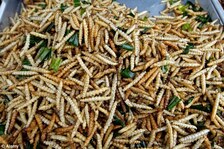
Rather than pass around the cheese board on Christmas Day, South Africans choose to snack on caterpillars from the Emperor moth.
Image Source: dailymail.co.uk/Deep-fried-caterpillars

“Feliz Navidad” [Spanish]
● National Lottery
The Christmas celebrations begin on the 22nd of December with Spain’s National Christmas Lottery which has been held every year since 1812. The winning numbers, which are contested for by millions, are sung by children in a televised performance.
● The Three Kings
In Spain Christmas has nothing to do with Santa Claus. Instead it is the Three Kings or the Three Wise Men (Reyes Magos - Melchior, Baltazar and Gaspar) who bring the presents to well-behaved children at Christmas time. On the night of January 5th you’ll likely see massive Three Kings parades through towns and cities as families and friends get together to mark the occasion.

“God Jul" [Swedish]
● Festival of St. Lucia
In Sweden the Christmas festivities start with the St. Lucia ceremony on December 13, the Winter Solstice on the old Julian calendar. Image Source: lehighvalleylive.com/lucia_fest
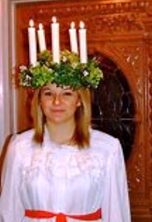
Originally Catholic, St. Lucia was a young saint from Italy who became convicted for illegal witchcraft. In Sweden, she is celebrated in December in the form of young girls dressing up as her and singing to an audience at schools, work places, and nursing homes.

"З Різдвом” [Ukrainian]
Ukrainians actually have two Christmases. One on December, 25, which is Catholic Christmas, and another one is on January, 7, which is Orthodox Christmas.
● Decorating With Spider Webs
The Ukranian custom of adorning the Christmas tree with a fake spider and web is believed to bring good luck and stems from an old tale. According to ancient folklore, there once was a widow living in her cramped, cold hut with her children. One day, a pinecone dropped from the tree outside and took root. The children, excited by the prospect of a tree for Christmas, tended the seedling and made plans about how they would decorate the tree. Poverty was a way of life for the small family, and when Christmas approached, the widow knew that they would not be able to decorate the tree. The children and the widow accepted their fate and went to bed on Christmas Eve, the tiny tree branches bare.
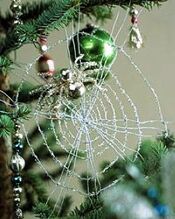
Image Source: spider and web is believed to bring good luck.
ssjosephandcabriniparish.weconnect.com/

“Feliz Navidad” [Spanish]
Some traiitions are centuries old, others take hold very quick.
● Roller Skating To Church
In the capital city there is a popular tradition involving large number of people roller skating to the early morning church services throughout the Christmas period. The city even closes the roads off specially to allow for the unconventional commute.
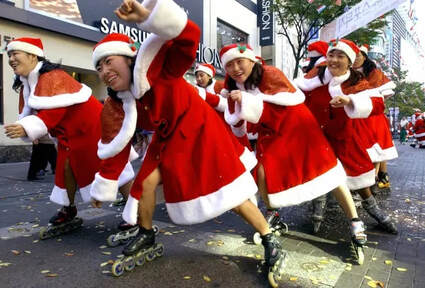
Image Credit: Getty Images
Image Source:
thesun.co.uk/christmas-traditions

“Nadolig Llawen” [Welsh]
● Mari Lwyd / Y Fari Lwyd
The ancient custom of Mari Lwyd is used to mark the passing of the darkest days of midwinter.The Mari Lwyd is a wassailing folk custom from South Wales which entails the use of an eponymous hobby horse made from a horse's skull mounted on a pole and carried by an individual hidden under a sackcloth.
This tradition was first recorded in writing in 1800, described as a Christmas tradition performed by groups of men who would accompany the horse on its travels around the local area. The makeup of such groups varied, but all typically included an individual to carry the horse, a leader, and individuals dressed as stock characters such as Punch and Judy.
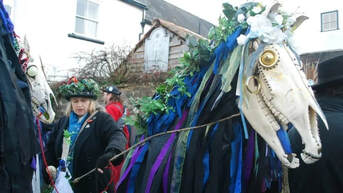
Image Source: marilwyd.wordpress.com/2016/ food and drink.
"MERRRY CHRISTMAS" from SAN DIEGO, CA, USA
JUST SAYIN'!
Sources:
https://www.smallworldfs.com/en/blog/hispanic-christmas-traditions#:~:text=For%20Spanish%20speaking%20countries%20Christmas%20is%20especially%20important,Colombia%20they%20all%20celebrate%20Christmas%20with%20different%20traditions.
https://www.globalexperiences.com/blog/christmas-around-world
https://www.countryliving.com/entertaining/g4933/christmas-traditions-around-the-world/
https://www.thesun.co.uk/fabulous/1960812/christmas-traditions-strangest-world/
https://theculturetrip.com/europe/norway/articles/how-to-celebrate-christmas-in-norway/
https://en.wikipedia.org/wiki/Mari_Lwyd
https://marilwyd.wordpress.com/2016/05/18/welcome/comment-page-1/
https://clrn.org/lifestyle/the-8-strangest-christmas-traditions-in-the-world/#:~:text=The%20strangest%20Christmas%20customs%20in%20the%20world%201,probably%20especially%20scared%20of%20cats.%20...%20More%20items
https://www.expatica.com/fr/lifestyle/holidays/christmas-in-france-871680/#:~:text=Christmas%20in%20France%3A%20a%20guide%20to%20French%20Christmas,...%208%208.%20Table%20decoration%20...%20More%20items
https://www.tripsavvy.com/russia-christmas-traditions-1502306#:~:text=Christmas%20Traditions%20in%20Russia%201%20Russian%20Christmas%20Religious,Christmastide%20...%205%20Christmas%20Gifts%20From%20Russia%20
Photos and more
http://www.soycolombiano.com/dia-de-las-velitas-tradicion-en-colombia/
https://www.costaricantimes.com/watching-the-costa-rica-christmas-festival-of-lights/58200
https://www.discoverwalks.com/blog/10-czech-christmas-traditions-that-you-will-love/
https://en.wikipedia.org/wiki/Catalonia
https://staybarcelonaapartments.com/blog/catalan-christmas-traditions-barcelona/
https://widowcranky.com/2017/12/15/el-caganer-catalan-tradition/
https://www.lehighvalleylive.com/events/2010/12/lucia_fest_at_muhlenberg_colle.html
https://www.freemalaysiatoday.com/category/leisure/2019/05/20/the-haka-new-zealands-fearsome-dance-of-war/
http://www.thinglink.com/scene/1098832104315158529
https://interaksyon.philstar.com/trends-spotlights/2018/12/25/141150/look-christmas-day-celebrations-around-the-world/
https://www.globalexperiences.com/blog/christmas-around-world
https://en.wikipedia.org/wiki/Manx_English
https://isleofmanhotels.com/hunt-the-wren-ancient-manx-tradition-celebrated/
https://www.transceltic.com/blog/isle-of-man-annual-hunt-wren-performed-torrential-rain
https://theculturetrip.com/north-america/mexico/articles/a-uniquely-oaxacan-festival-night-of-the-radishes/
https://www.renestance.com/blog/meet-the-santons-a-french-traditional-nativity-scene/
https://confessionsofaplateaddict.blogspot.com/2008/12/my-french-nativity-sceneorsantons-de.html
https://ssjosephandcabriniparish.weconnect.com/blog/view/trivia-ukrainian-christmas-tree-ornament
https://travelfoodatlas.com/kiviak-bizarre-greenland-inuit-delicacy
https://www.target.com/s/norwegian+gnomes?ref=tgt_adv
https://christmasgenius.com/christmas-in-greenland-xmas-traditions/#:~:text=Other%20Greenlandic%20traditional%20Christmas%20activities%20that%20people%20maximize,Ice-fishing%202%20Dog-sled%20races%203%20Greenland%20cultural%20
https://vidviday.ua/blog/en/ukraine-traditions-holidays/#:~:text=Ukrainian%20Christmas%20traditions%20Ukrainians%20actually%20have%20two%20Christmases.,follow%20regularly%20are%20Christmas%20dinner%25
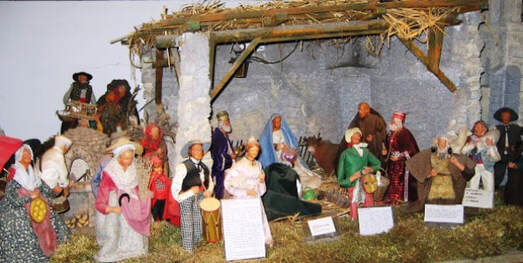
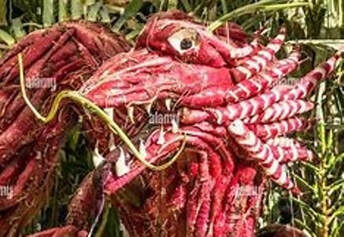
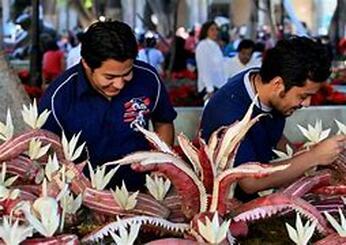




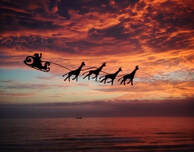

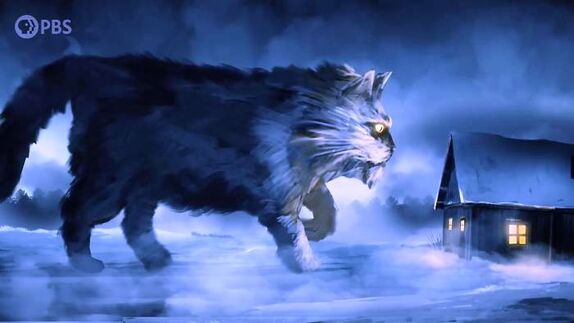
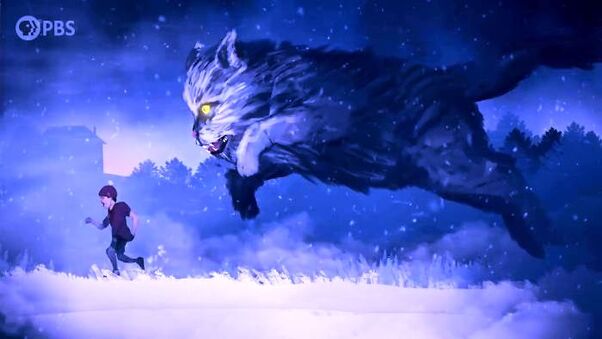
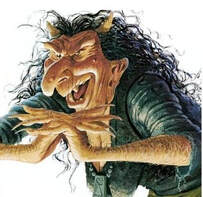
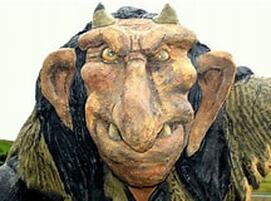
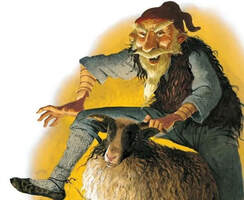
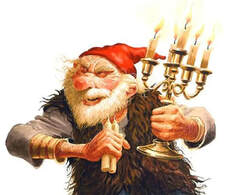
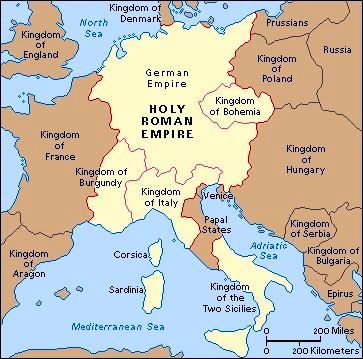
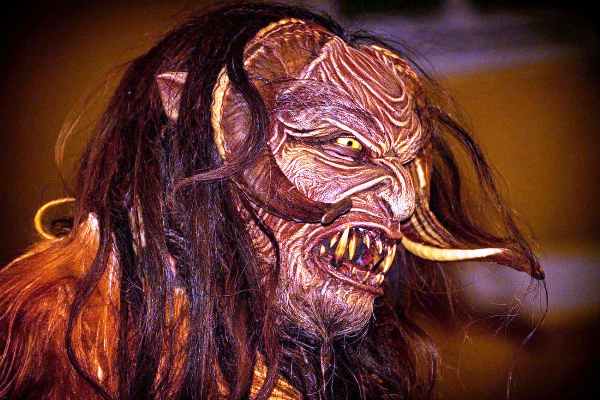
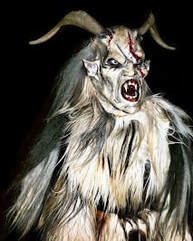
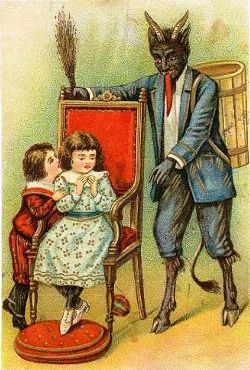
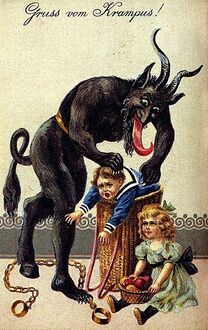
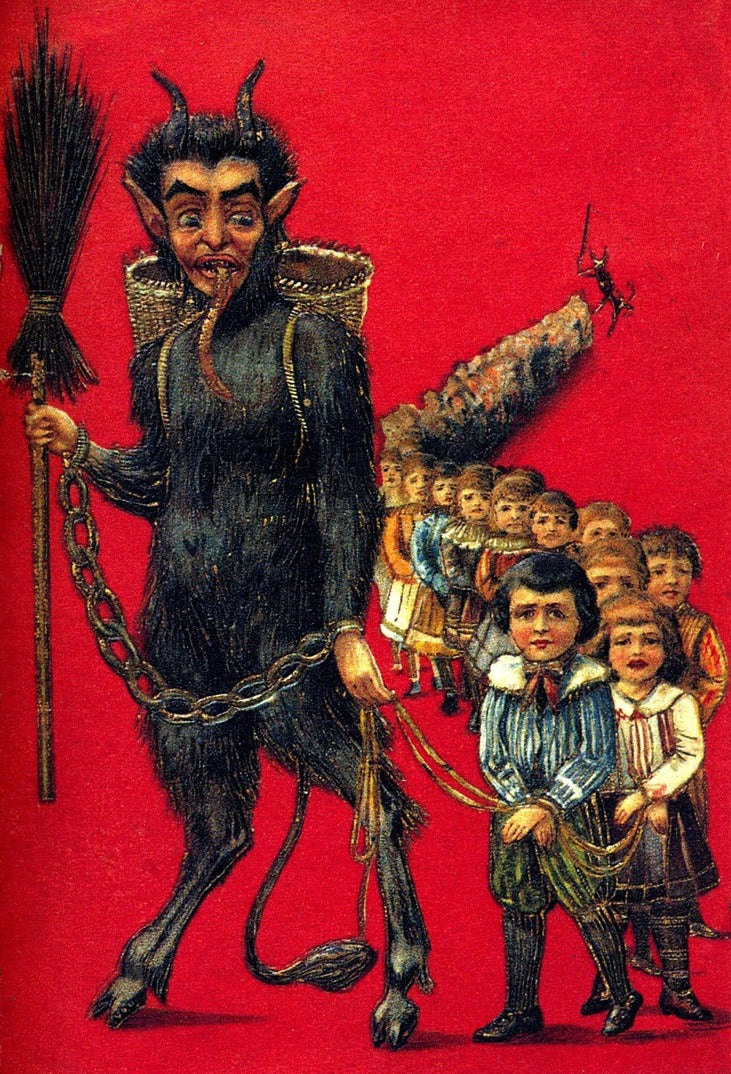
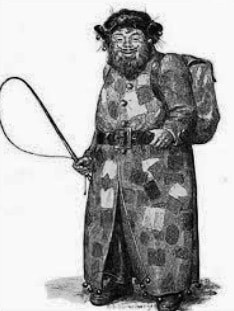
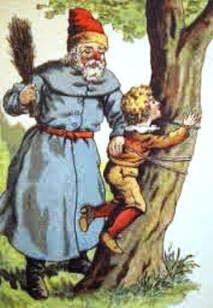
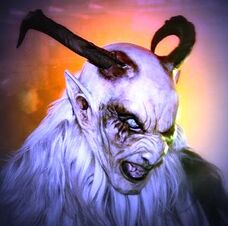
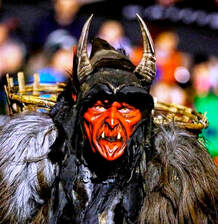
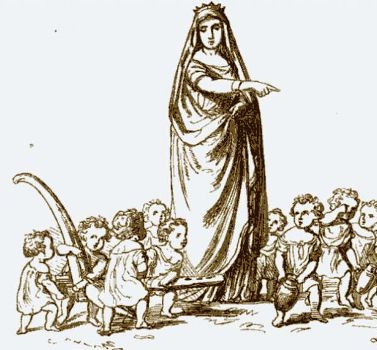
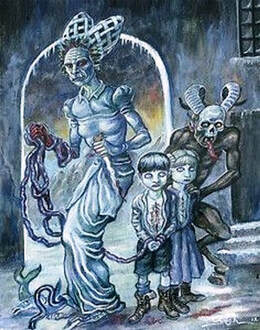
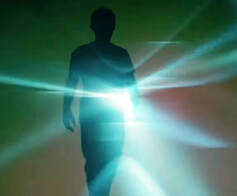
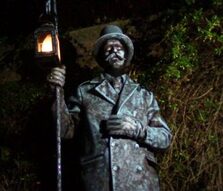

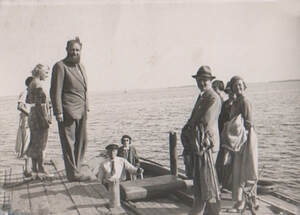
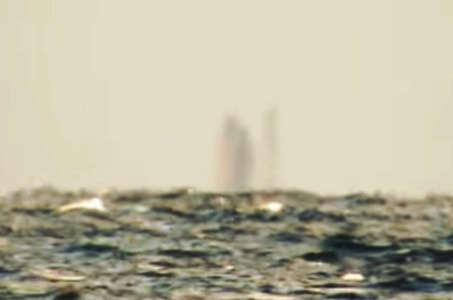
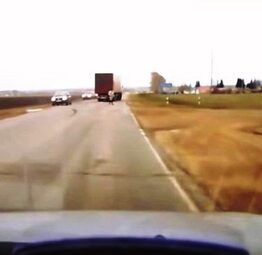
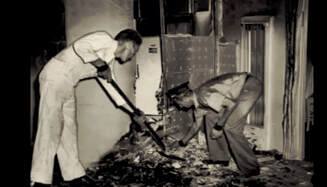

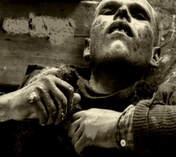
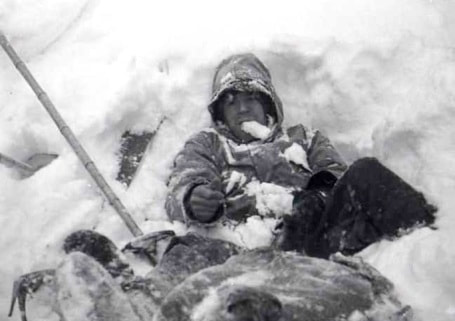
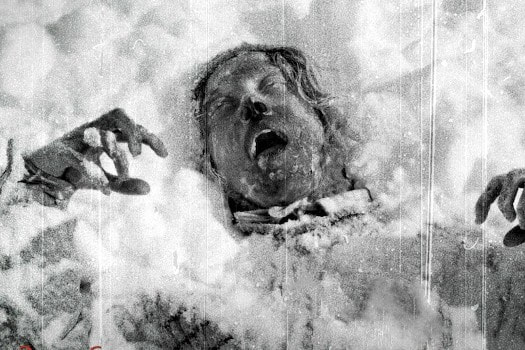
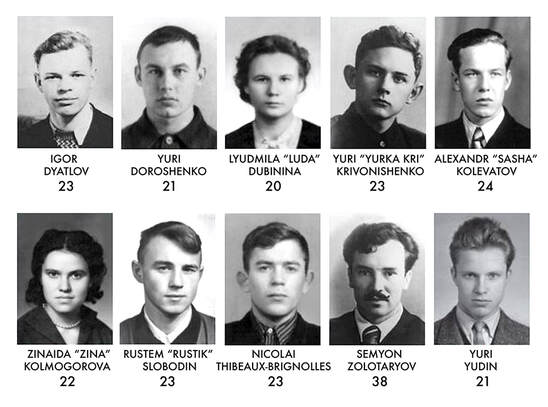
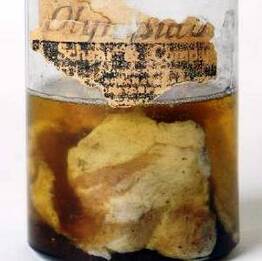
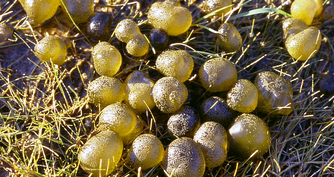

 RSS Feed
RSS Feed